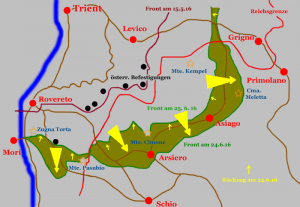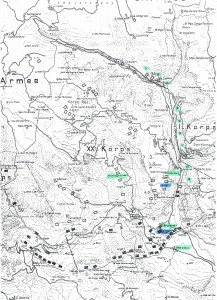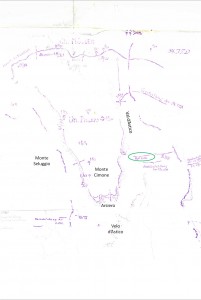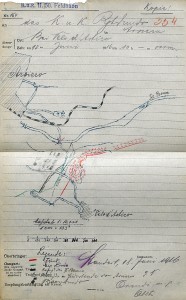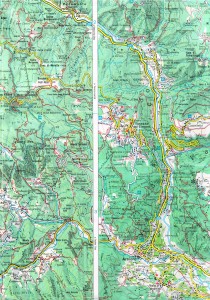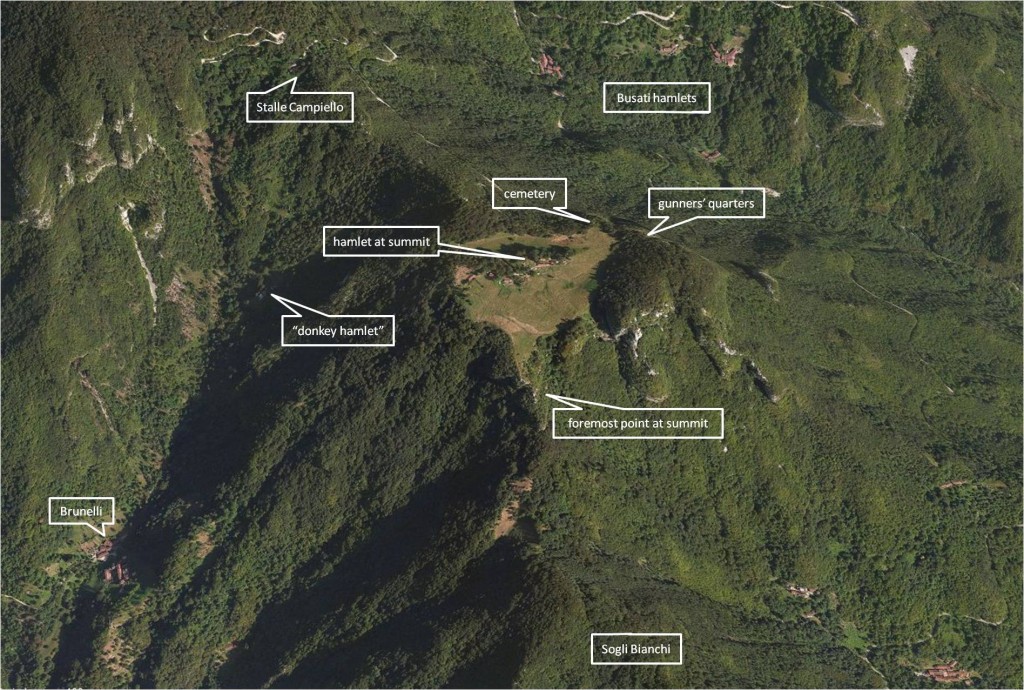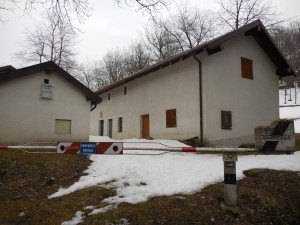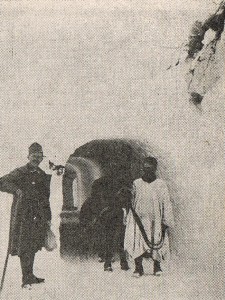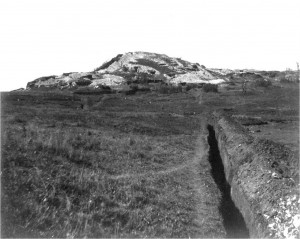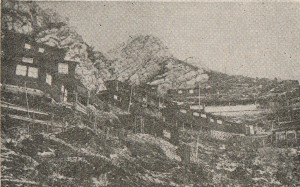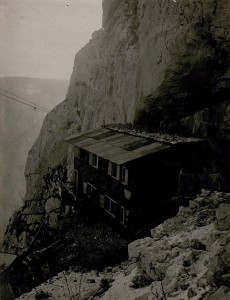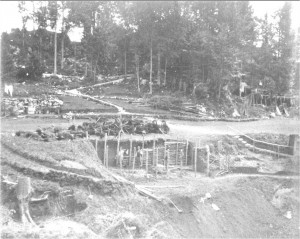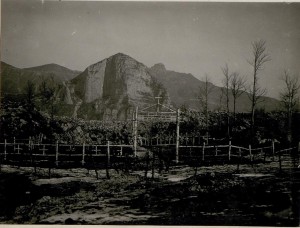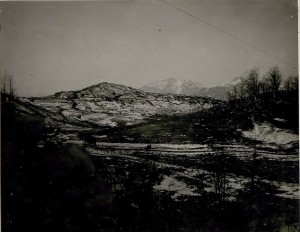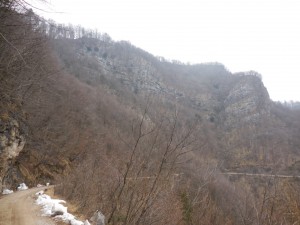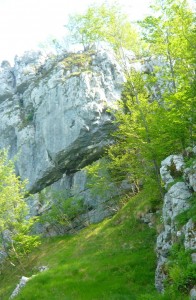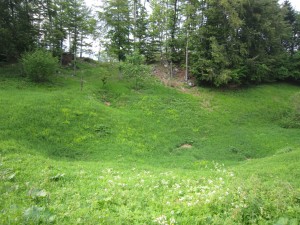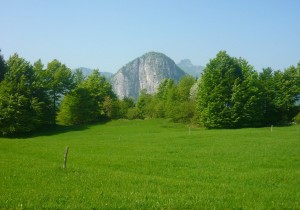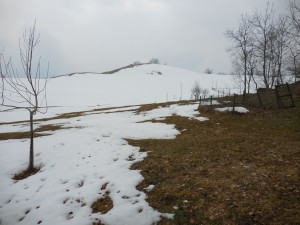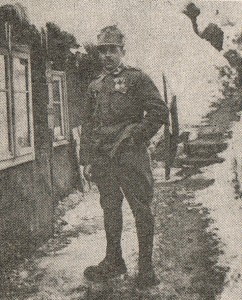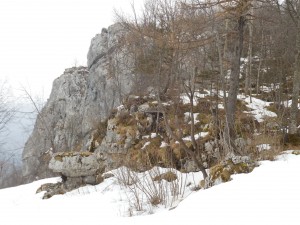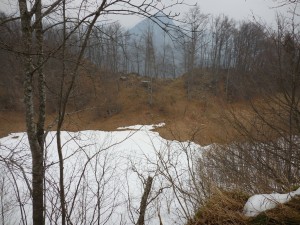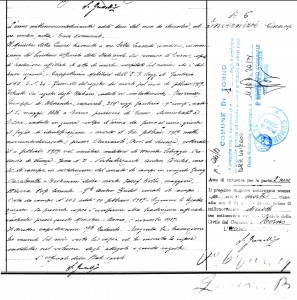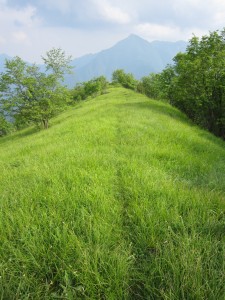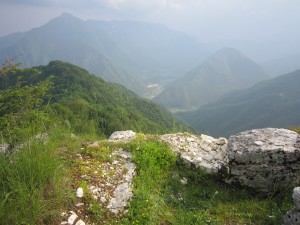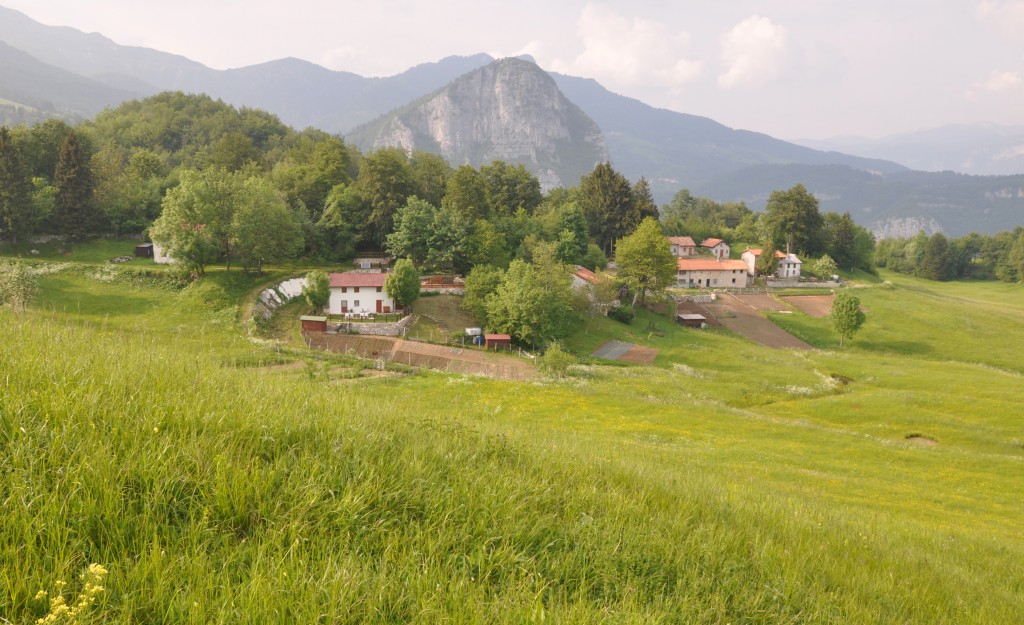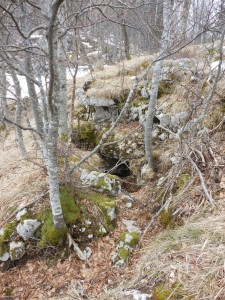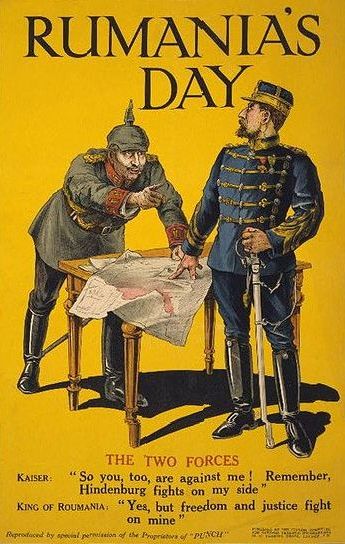
Although he acquitted himself with distinction behind the eastern front, Josef Kolbe was probably eager to see action on the front line. Negotiations had been ongoing for some time between neutral Romania and the Allies, with the Romanians demanding recognition of their rights over the territory of Transylvania, where they were in a majority, despite having been under Hungarian rule since the 11th century and under Austro-Hungarian control since the 17th century. By 1916 it was obvious that an agreement would be reached, and Captain Kolbe requested a transfer to the zone in order to defend his beloved Transylvania. However, he was frustrated in his attempt and it was only with the help of the German high command that he arrived on the Italian front in Trentino five days before the beginning of the Battle of Asiago (also known as the Trentino Offensive and in German as the Maioffensive, Südtiroloffensive or Frühjahrsoffensive).
The offensive started on 15 May 1916, with 2000 Austrian guns attacking along a 50 km front. The Italian wings stood their ground, but the center yielded, and the Austrians, under the command of Archduke Karl, broke through, reaching the beginning of the Venetian plain. With Vicenza about 30 km away, all the Italian forces on the Isonzo faced outflanking. A disputed action of the offensive was the taking of one of the Italian fortresses by a number of companies of the 50th Infantry Regiment. Casa Ratti was a fortress strategically situated on the flanks of the Val d’Astico about which doubts still persist as to whether it was captured by the Austrians or abandoned by the Italians. While this action was taking place Captain Kolbe, commander of the 6th company, advanced down the valley to protect the mortars directed at Arsiero and later took up a position in the plain below, with the intention of storming the Italians’ stronghold at Velo d’Astico. However, on 4 June the Russians unexpectedly took the initiative in Galicia, where they managed to enter Austrian soil and, although they were effectively countered by German troops, the Austrians were forced to quickly withdraw half of their divisions from Trentino. This scuppered Josef Kolbe’s plan of attack, as on 24 June he was ordered to evacuate his position and withdraw to the crest of the mountains. He achieved this without the loss of a single man, blowing up bridges, paths and defensive positions on his way, reporting to Archduke Karl and presenting his two battalions for the heir to the throne to review.
Josef Kolbe’s actions in the field must have come to the attention of Lieutenant General (later General) Ernst von Horsetzky, Commander of the 3rd (later Edelweiss) Division, to which the 50th Infantry Regiment belonged, for on 2 July the latter ordered Captain Kolbe to take a company of men to reconnoitre Monte Seluggio, with a view to holding it as a permanent position. A forward jutting spur which afforded a view on three sides over the surrounding valleys, Monte Seluggio was a highly strategic position, but also extremely vulnerable to attack. It was connected to the rest of the range by a narrow saddle by Stalle Campiello over which ammunition, supplies and water had to be transported, there being no water on the summit. For the first 17 days Captain Kolbe and his men were attacked by the enemy, whose intention it was to cut them off and take them prisoner, but they succeeded in fighting back and even enlarged their area of manoeuvre. It took a month to clear their back and right flank of enemy fire and start building a permanent position.
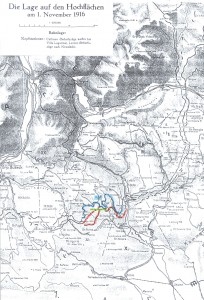
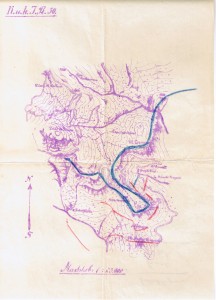
Despite the lack of trained sappers or special equipment such as boring machines, they gradually built defensive lines on the three flanks, making use of the caves in the limestone terrain to make bomb-proof machine gun positions and to store supplies and ammunition, all the while coming under enemy fire, often suffering from lack of food, water and firewood and in constant danger of avalanches in the winter. Each of the three lines was protected by barbed wire and all major points reached by hidden paths so that, under Captain Kolbe’s command, Monte Seluggio became a virtually unassailable bulwark and was considered a model position by Ernst von Horsetzky, who devoted a paragraph to it in his book. Major (later General) Hermann Pokorny makes special mention of the “Kolbe Rib” in his memoirs, which he inspected in November 1916, stating that it was named after a well-known Transylvanian hunter.
Major Pokorny was received by Colonel Simacek at the command HQ of the 50th Infantry Regiment, which consisted of “primitive wooden structures built against the sides of steep cliffs”. He remarks that the officiers’ mess was decorated with a number of risqué pictures, on the back of which were depicted battle scenes and leading military men. During important inspections, like that of Field Marshal Archduke Frederick and Duke Schönborn, commander-in-chief of the army corps, the pictures were hastily turned over for the duration of the inspection! It was at the command HQ that Corporal Dumitru Ciumbrudean, a Romanian telephone operator from Transylvania, received the news of Romania’s declaration of war on Austria-Hungary on 28 August 1916. During the following months he witnessed widespread demoralisation within the 70% Romanian regiment and had to communicate repeated desertions, at least three from Captain Kolbe’s battalion, but he remained at his post. He had reason to regret his loyalty a year later when he found himself on the flanks of Monte San Gabriele in the thick of the fighting during the 11th battle of the Isonzo.
Monte Seluggio then and now
Monte Seluggio today: right flank
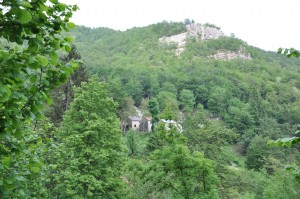 | 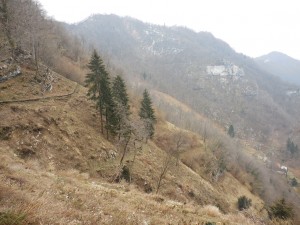 | 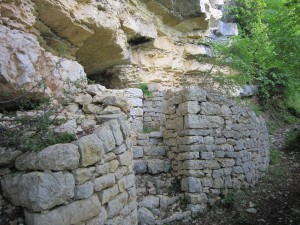 | 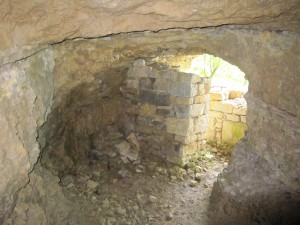 |
Monte Seluggio today: left flank
 Arsiero and Velo d’Astico, summer 2001 | 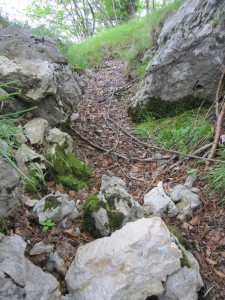 | 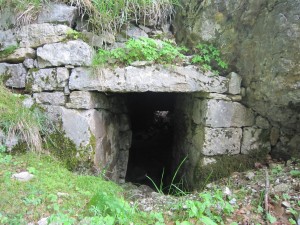 | 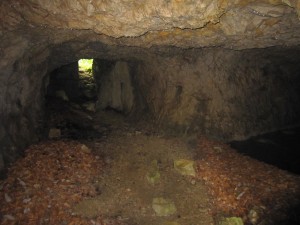 |
Monte Seluggio today: summit
Apart from 20 days’ leave in November 1916, Josef Kolbe was to hold Monte Seluggio with a battalion of men for over a year, from 2 July 1916 to 17 August 1917. His troops changed but, by his own volition and out of his sense of duty to the fatherland, he remained at his post, forsaking sleep and setting an example to his men through his hard work and enthusiasm. He was justly proud of his achievement in building up this advanced position and had nothing but praise for the bravery and indefatigability of the men who helped him hold it against the onslaughts of the enemy and nature. (In his later years he received a surprise visit from one of his men who had travelled all the way from what was by then Yugoslavia to shake his hand.) His actions did not go unnoticed by his immediate superiors, and he was promoted to the rank of Major on 1 November 1916.
Sources:
Im Felde 1914-1918, General Ernst von Horsetzky
Emlékeim, A láthatatlan hírszerző, Pokorny Hermann
La Cattura di Forte Ratti, Enrico Acerbi
Jurnal de Front, Dumitru Ciumbrudean
Growing with the War, Virgil Curta: https://www.academia.edu/227800/Virgil_Curta_Growing_with_the_War._A_Romanian_Volunteer_on_the_Austrian-Italian_Front_1915-1917
Rovereto War Museum: http://www.italiamappe.it/arte_cultura/musei_mostre/14084__Museo-Storico-Italiano-della-Guerra
Austro-Hungarian Army 1914-1918: http://austrianphilately.com/dixnut/index.htm
http://en.wikipedia.org/wiki/Romania_during_World_War_Ihttp://en.wikipedia.org/wiki/Battle_of_Asiago

